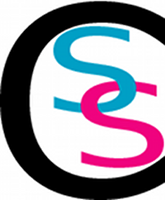San Diego State University
The transition from high school to college mathematics is one of the most critical junctures in the preparation of individuals to meet the mathematical demands of the 21st century in science and engineering. Even while more students are taking more advanced mathematics in high school than ever before—including over half a million each year who study calculus while in high school—the percentage of all college students in 4-year undergraduate programs who are enrolled in mathematics at the level of calculus or above has decreased steadily over the past decades. Moreover, a substantial percentage of students who enroll in Calculus I intending to take more Calculus end of deciding not to continue in Calculus. This represents a huge loss to the nation in terms of the need for more students to pursue a mathematics, science, or engineering career. In this presentation I discuss findings from an ongoing, five-year NSF funded project to study characteristics of college calculus programs. The specific goals of this project are to improve our understanding of the demographics of students who enroll in calculus, to measure the impact of the various characteristics of calculus classes that are believed to influence student success, and to conduct explanatory case study analysis of exemplary programs in order to identify why and how these programs succeed.
Chris Rasmussen directs an NSF-funded research project on the learning and teaching of dynamical systems. The project team is investigating how pedagogical approaches and instructional design principles that have been successful at promoting student learning in earlier grade levels can be adapted to the university setting. Central to this work is careful attention to student thinking and a systematic, theory-driven study of the social interactions in which meanings are established, where norms for convincing arguments and presentations are negotiated, and where students can connect more formal mathematical developments to their personal experience.
